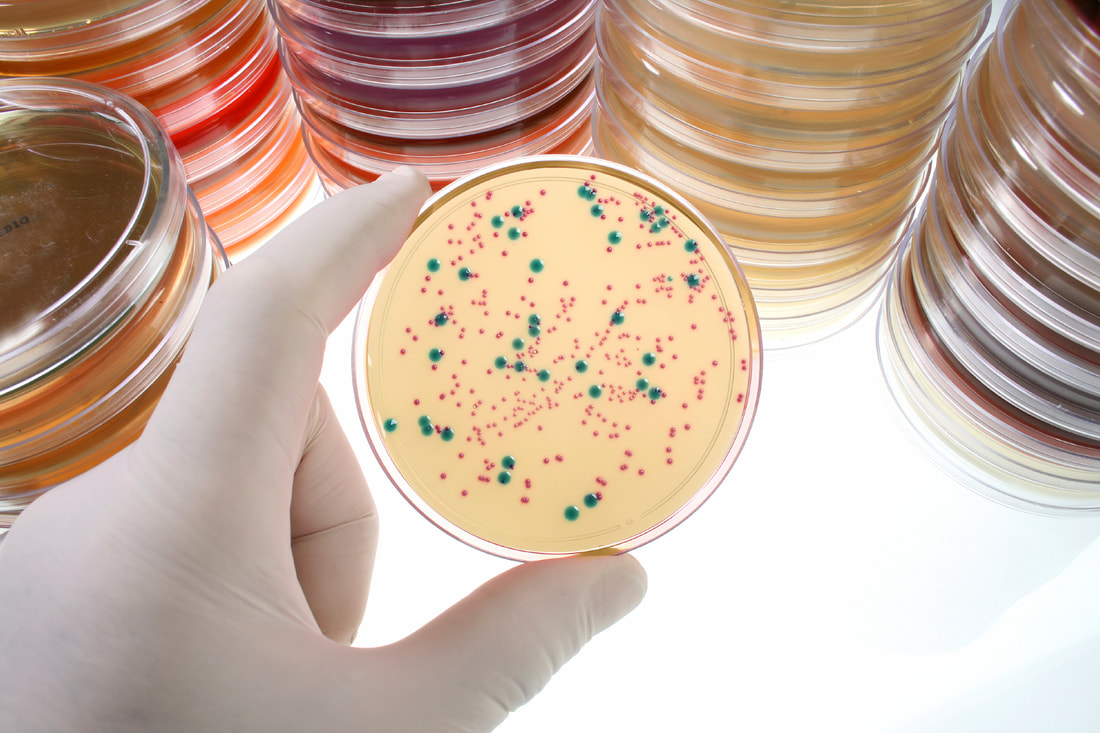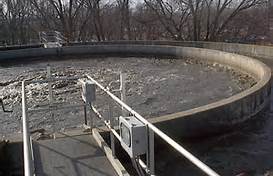- F/M - this is not a test but an operational ratio designed for use in suspended growth (activated sludge) systems. It works well for activated sludge but be cautious in very high or low F/M ratio situations. All we are looking at here is BOD (or COD) loading divided by MLSS or MLVSS. Remember MLSS is a measure of "solids" - this is not a measure of living bacteria, biomass activity.
- Plate Counts - give results in Colony Forming Units (CFU) per ml. This test measures bacteria that grow on the plate's media. It only tells you numbers of bacteria that can grow on plates or on the specific media. We know that this misses a huge number of organisms present in wastewater and over-represents cultures that grow under plate count conditions.
- ATP (Free & Cellular) - ATP testing has been around for years but only in the past 15 years has become common in wastewater operations. Adenosine Triphosphate (ATP) is an energy storage molecule used in living organisms. Free ATP indicates cellular division or lysis (ATP does not last long in free solution with living microbes). Bound or cellular ATP is synthesized inside the cells and used in powering cellular activities. ATP functions as a proxy for living microbes in a system and the amount of cellular division/lysis. This number is a proxy and needs to be calibrated for each system - where it functions best over relative narrow band of operational conditions.
- DNA total counts - using a qPCR total bacteria test gives a number using 16s ribosomal genetic material. While qPCR can quantify specific organisms, it can also give information on total microbial populations. DNA or molecular testing gives numbers for both culturable (plate count) and organisms that do not grow on plates. As a rapid test, qPCR results are available within hours vs the 24 - 48 hours for most plate counts. Like all the tests mentioned, qPCR numbers should be calibrated to the system and correlated to effluent quality.
Operating a system using a single number is not feasible. Each test works great over a certain range of conditions. Outside that range, the test results do not provide an accurate picture of biomass activity or health. So, combine multiple tests and use good judgement in operating your system.



 RSS Feed
RSS Feed